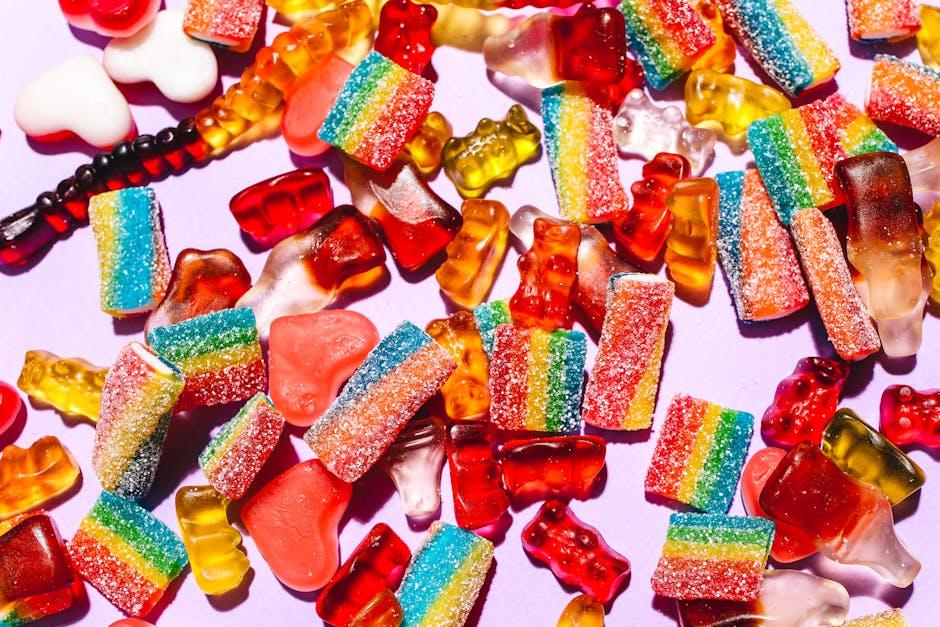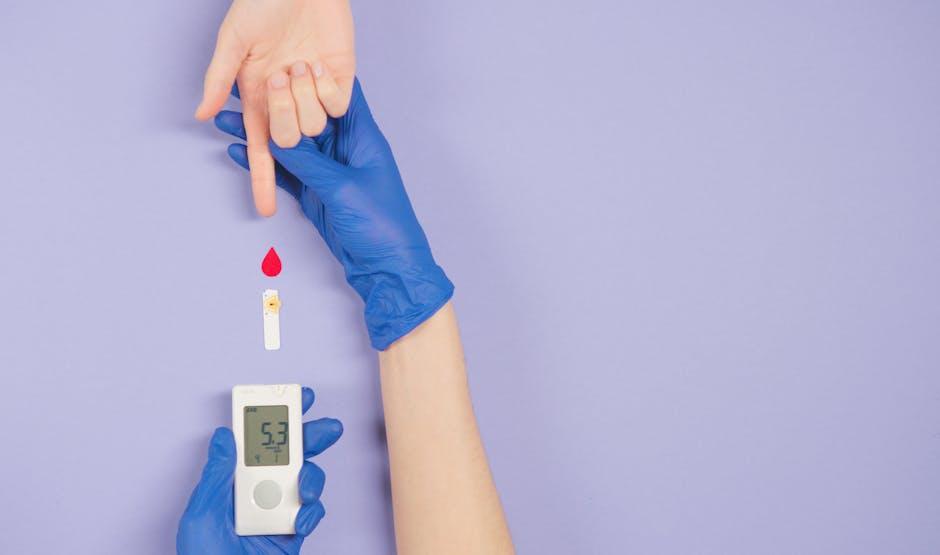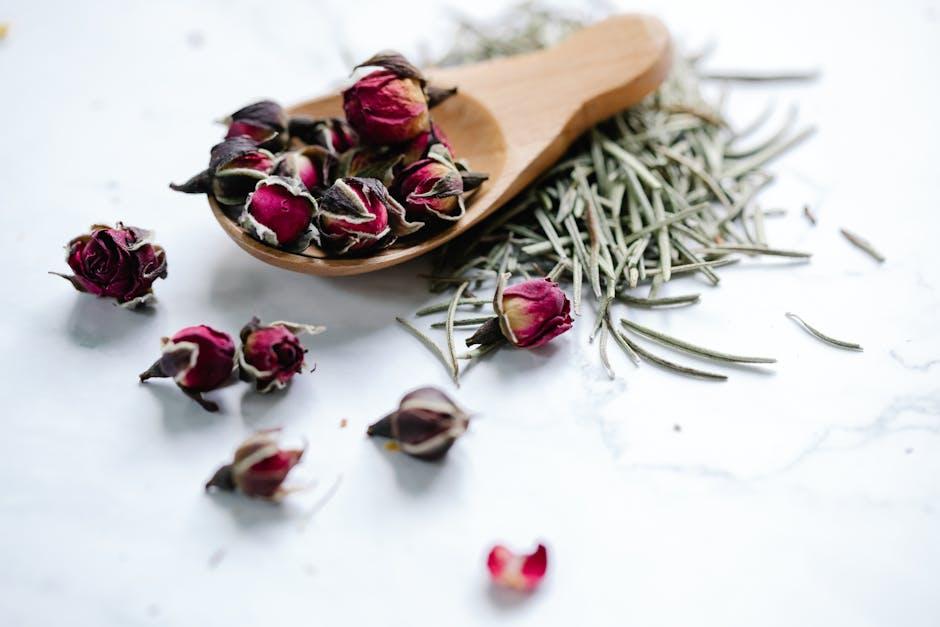Have you ever wondered how to enjoy your favourite traditional dishes while keeping your blood sugar in check? In India, where food diversity is as rich as its cultural heritage, managing blood glucose can be a real challenge. With traditional staples varying widely from state to state, understanding the Glycemic Index (GI) of our foods can be a game-changer. The GI chart, which measures how quickly foods affect blood sugar levels, is invaluable for those aiming to make smarter, healthier choices while preserving their local cuisines.
To shed light on this topic, we spoke to our expert Dr Rajiv Kovil, Head of Diabetology, Zandra Healthcare and Co-founder, Rang De Neela Initiative, who shared insights on the same.
Understanding the Glycemic Index (GI) Chart
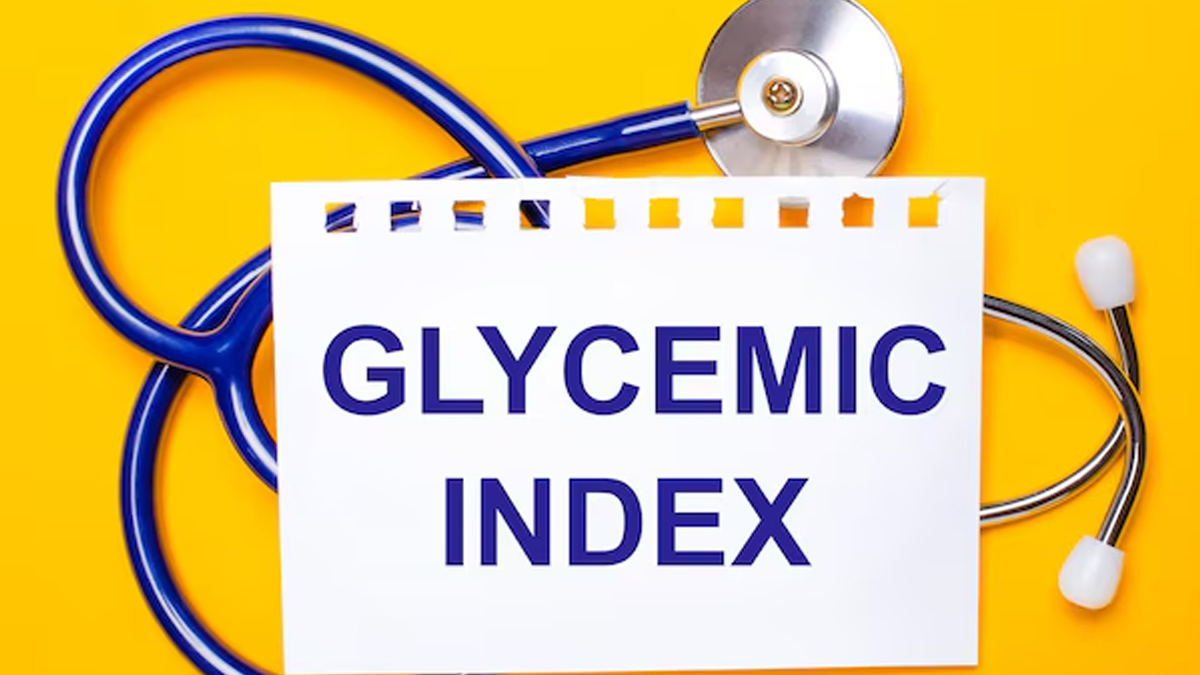
“The GI chart categorises foods based on how quickly they raise blood glucose levels: foods with a high GI (70 and above) lead to rapid spikes, while low-GI foods (55 and below) cause a slower, more gradual increase,” said Dr Kovil.
According to a 2002 study, GI measures how much a particular food raises blood glucose levels compared to a standard food, usually white bread or glucose. Specifically, it is calculated as the incremental area under the curve of blood glucose response after consuming a standard amount of carbohydrates, typically 50 grams, from that food. The concept of the glycemic index can also be applied to entire meals or an overall diet.
Also Read: Addressing India’s Diabetes Dilemma: Never Too Early To Test But May Be Too Late To Treat
Tips To Manage Blood Glucose While Enjoying Traditional Indian Dishes
Here are healthy suggestions shared by the expert that can help you savour the dishes while keeping your blood sugar levels in check:
Simple Swaps for Healthier Regional Dishes
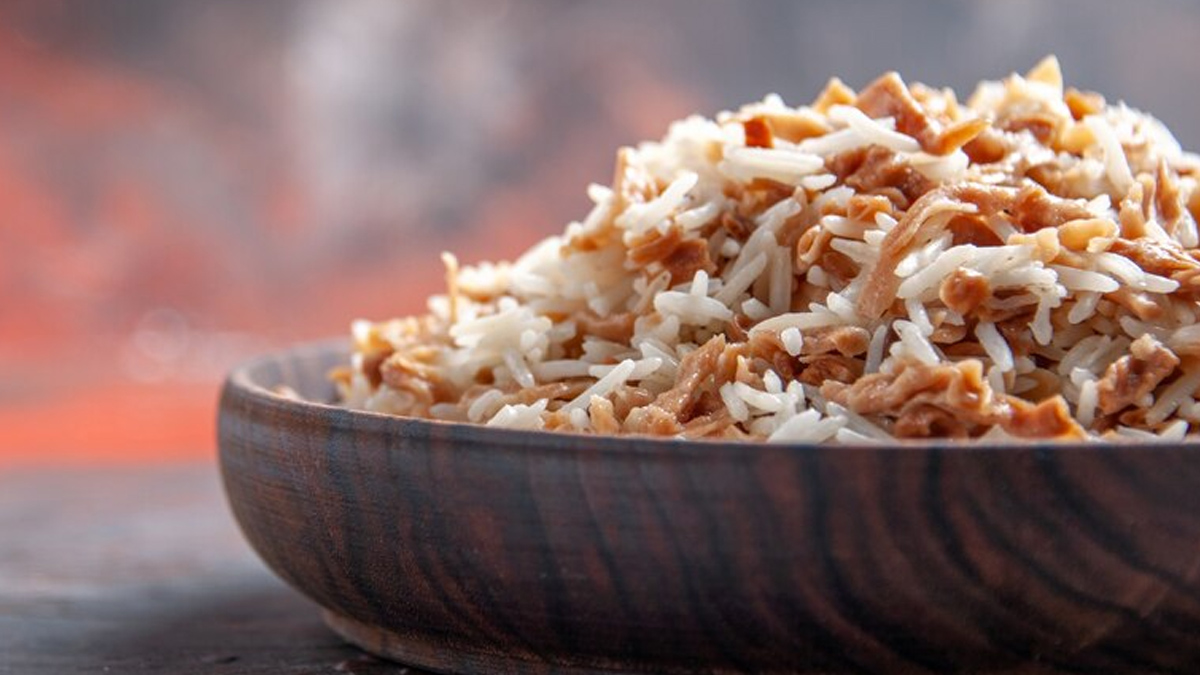
Making mindful adjustments to popular regional dishes can help manage blood glucose without sacrificing traditional flavours. “For instance, instead of high-GI white rice, a staple in many states—opting for brown rice or millet varieties like ragi or bajra can help maintain stable blood sugar levels. In states, such as Karnataka and Rajasthan, millet is already a common ingredient, making it easier to incorporate these low-GI options into the diet,” advised Dr Kovil.
Healthier Choices for Maharashtra’s Poha
In Maharashtra, people might swap high-GI potatoes in poha with a mix of vegetables like peas, carrots, and beans, making this beloved breakfast both fibre-rich and lower on the GI scale.
Diabetes-Friendly Dosa in South India
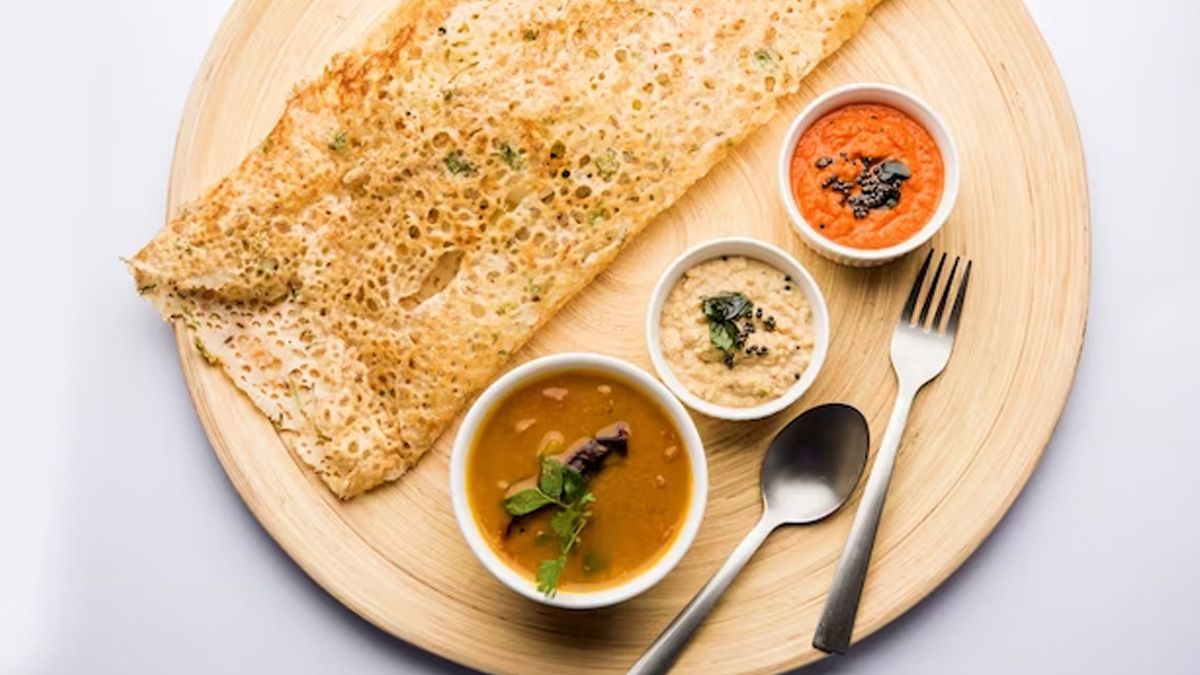
In South India, the beloved dosa can be modified by substituting rice with a blend of moong dal or adding oats to the batter. This adjustment lowers the GI while still delivering the crispy texture that makes dosa such a favourite.
Also Read: How Does Counting Glycaemic Index (GI) Of Foods Improve Diabetes Management
Enjoying Sweets with Healthier Alternatives
Sweets are cherished across India, especially in Bengal. To make traditional desserts more diabetes-friendly, consider replacing refined sugar with natural sweeteners like jaggery or dates. These options have a lower glycemic impact, allowing people to enjoy desserts while managing their blood sugar.
Glycemic Index Chart
With the help of a GI chart (below), you can review your foods and make your meals healthier.
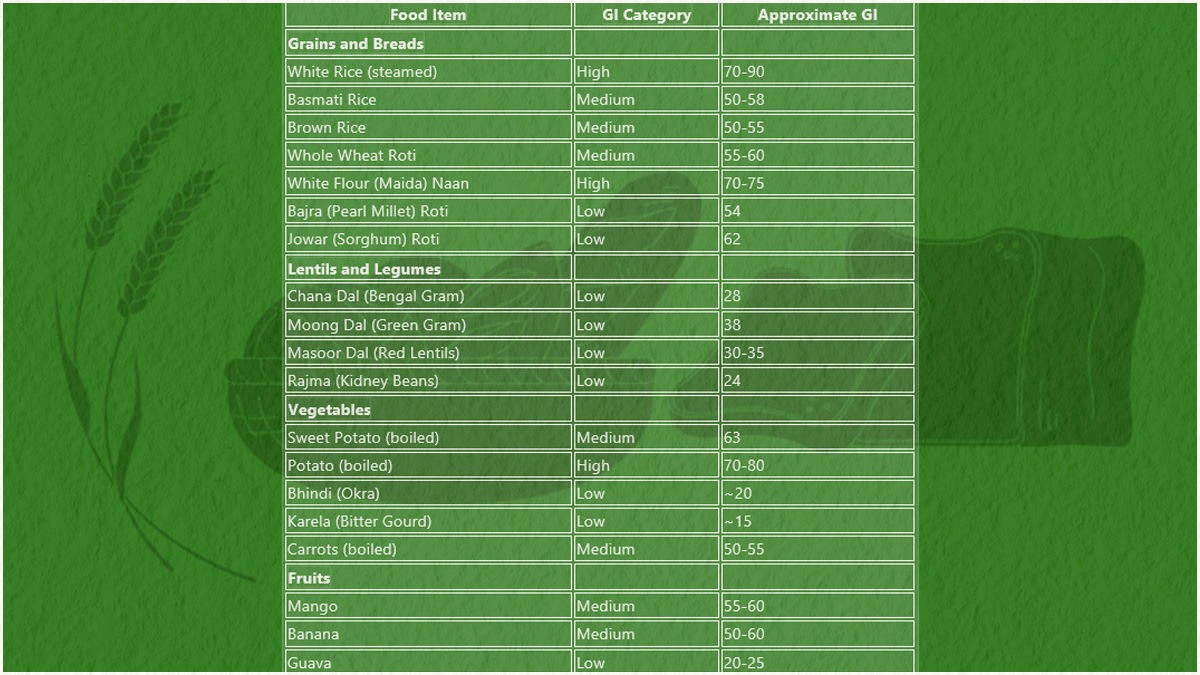
-1731481404835.jpeg)
Empowering Indians with the GI Chart
The GI charts help people understand how foods affect their blood sugar levels. With diabetes becoming increasingly common, this tool guides individuals in balancing traditional diets with health considerations. It enables millions across the country to lead healthier lives without sacrificing the diversity and flavour of their meals.
According to the American Journal of Clinical Nutrition, the GI classification assigns a numerical value to carbohydrate foods based on their effect on blood sugar, making it a useful tool for preventing and managing conditions like diabetes. Low-GI diets can lower urinary C-peptide levels in healthy individuals, improve blood sugar control in people with diabetes, and reduce blood lipid levels in those with high cholesterol.
Bottomline
Dr Kovil concluded, “People can adapt their meals to support steady glucose levels by understanding which foods cause rapid blood sugar spikes and which ones have a slower effect. From choosing millet over white rice to swapping sugar with jaggery, the GI chart enables Indians to enjoy their favourite dishes while keeping their health in check.”
[Disclaimer: This article contains information provided by an expert and is for informational purposes only. Hence, we advise you to consult your own professional if you are dealing with any health issues to avoid complications.]



